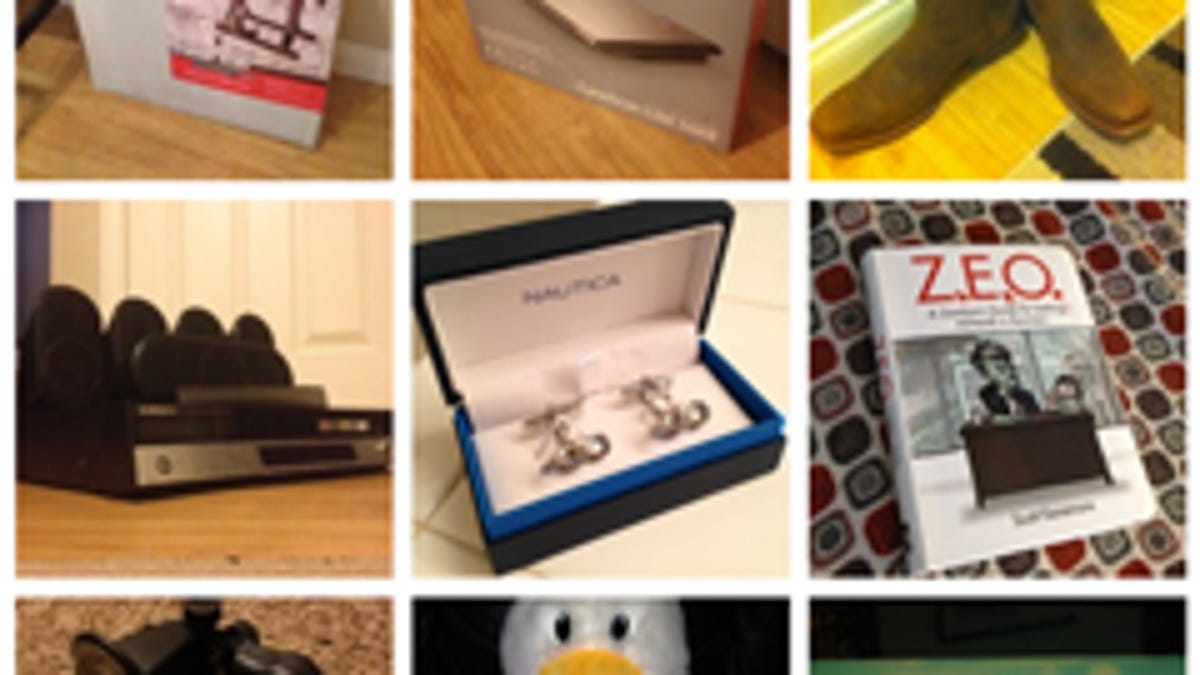Rumgr is the iPhone app Craigslist should have built
The new app from three former Zappos employees is designed to let people who have random things to sell post ads for them quickly, and for buyers to easily discover what's for sale around them. And Craigslist isn't even part of the equation.

There's something fun about rummaging through garage sales, but what if you could see what people are selling near you before spending the time driving all around your neighborhood?
Starting today, Rumgr, which has been in beta and attracting a small but loyal following in its home base of Las Vegas, is hoping to help with that problem. The company, which was founded by former Zappos employees Dylan Bathurst, Ray Morgan, and Alex Coleman, has released the second version of its iPhone app, a tool that lets buyers see what is being sold near where they are right now and allows sellers to post an ad in just seconds.
The idea is simple. For a seller, it's as easy as clicking the app's "sell it" button and snapping a quick photo of their couch, table, or stack of video games. They can let the picture speak for itself, or if they want, they can leave a description in the item's comments section. It's designed around the idea of discovery--letting buyers see what's for sale near them--rather than helping people find specific kinds of items. And that's it. In many ways, it's just what a Craigslist mobile app should be--without any Craigslist ads.
Because all Rumgr posts are geotagged, potential buyers can quickly see any items that are for sale near them, though for security's sake, only the general location and not the actual address is shown.
In the beta version of the app, most of the negotiation over an item took place in the comments section. Once the seller and buyer agreed on a price, they could then take their conversation private in order to nail down the final details. Now, however, buyers will be able to click an offer button and type in the price they want to pay. If the seller agrees, they finish up privately. Alternatively, the seller can make a counteroffer. Or simply decline the offer.
Rumgr has a great deal of potential. It's clean and intuitive to use, and it's crucial that sellers can post items for sale with a minimum of hassle. In short, it could turn out to be the best thing to happen to garage sale goods ever. But like many promising services, it will take a critical mass of users in order to have any real value--and that's always a chicken and egg situation.
Luckily for Rumgr, it's launched with just three employees, so its costs are relatively low. Plus, the startup also just bagged $500,000 in seed funding from a group of Zappos executives including CEO Tony Hsieh. And that should keep Rumgr humming and building its community for awhile.
For now, the company doesn't have any specific revenue plans, as it's concentrating on doing that community building. But over time, said co-founder Morgan, Rumgr is thinking of adding a payment integration system that could allow buyers and sellers to finish their financial transactions through app, and which could bring in some much-needed revenue. It's unlikely that the company could ever topple Craigslist, but its app could be a lot of fun for people to use--and may even help them find something really cool that they never expected.
And while Rumgr is focused on facilitating the sale of physical goods--and doesn't seem interested in brokering services--Morgan said that there could easily be room in the application for more ephemeral goods, like food truck wares.

